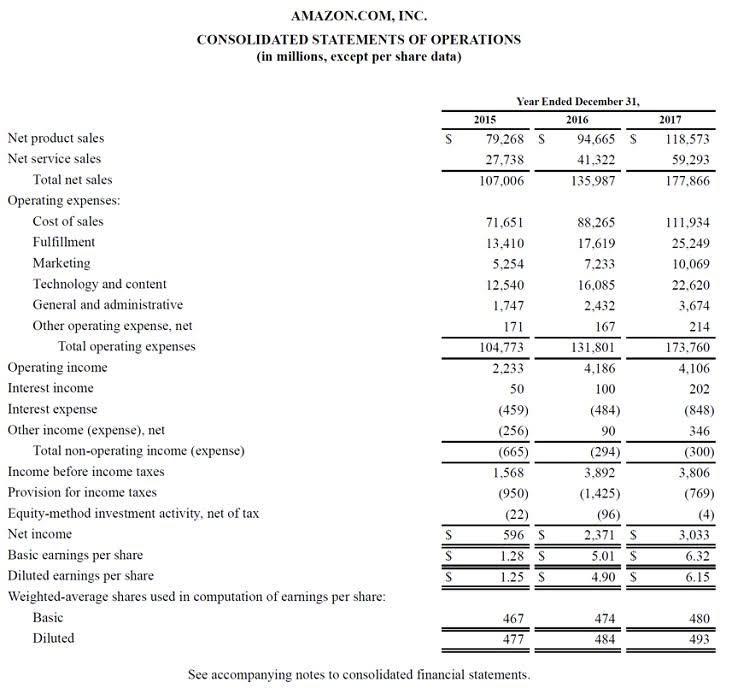- Your cart is empty
- Continue Shopping
IRS reminder: June 17 estimated tax payment deadline fast approaching Internal Revenue Service

Unlike a C Corp, an S Corp can pass income, losses, and deductions directly to shareholders and avoid paying federal corporate taxes. It’s an attractive option for many entrepreneurs and small businesses. A CEO’s compensation should be aligned with their contribution to the company’s gross revenue. It’s neither advisable for a CEO to be underpaid significantly nor to be excessively compensated.
S Corp Compliance: 3 Requirements You Need to Understand
Form 2553 is used to elect S-corp status for a corporation or LLC and must be filed within 75 days of the start of the tax year or at any time during the preceding tax year. Once the election is made, it remains in effect until it is terminated or revoked. In addition to federal taxes, S-corps may also have to file state and local tax returns, depending on the state where the business is located.
Shareholder Requirements
Kelly Main is a Marketing Editor and Writer specializing in digital marketing, online advertising and web design and development. Before joining the team, she was a Content Producer at Fit Small Business where she served as an editor and strategist covering small business marketing content. She is a former Google Tech Entrepreneur and she holds an MSc in International Marketing from Edinburgh Napier University.
How to Do Payroll for Single Member S Corporation
- Rather, their profits, losses, deductions, and credits pass to their shareholders’ tax returns.
- For tax purposes, you can elect S Corp tax treatment to keep your taxes (relatively) simple and claim the profits on your personal tax return, instead of paying corporate taxes.
- Converting from an LLC to an S-Corp could be one of the smartest decisions you’ll ever make for your business.
- Her husband called and wanted to know the tax consequences of moving the $400k into their personal checking account since they were buying a house.
- In this article, I will discuss the before, during, and after of how to do payroll for a single member S corporation.
- As both an S corporation owner and employee, there are several pieces of paperwork that you will need to file with the IRS.
From registering your business to electing an LLC or C-corp status, staying organized every step ofthe way is vital to the success as an S-corp. To keep your status valid, maintain adherence to the S-corp guidelines. Our guide will provide a comprehensive overview of the five steps required to successfully set up an S-corp, the advantages of this status, and how to know if an S-corp is right for your business type.
The basics of single owner S Corp payroll
Get up and running with free payroll setup, and enjoy free expert support. Check with your state before setting a pay frequency to ensure you remain compliant with state pay frequency laws. This means that everyone who owns a company’s stock must have the same rights and benefits. You’ll have stricter operational processes, such as regular shareholder meetings. Next, we will consult with you in August or September for a mid-course correction or tune-up for Q3, and then again in November to make sure everything is close to being on pace for Q4. While accountants attempt to be penny-perfect, the determination of S Corporation payroll is more of an art.

- An LLC is a very common entity choice for business owners who are just starting out.
- A commonly touted strategy to set your S Corp salary is to split revenue between your salary and distributions — 60% as salary, 40% as distributions.
- Taxpayers can also see the worksheet in Form 1040-ES, Estimated Tax for Individuals, for more information about who must pay estimated tax.
- Shareholders in an S Corp who are active in the daily operations of your business are considered employees.
- The salary portion of an owner’s compensation is only subject to self-employment taxes (Social Security and Medicare), not profits.
This requirement prevents people from avoiding self-employment taxes by distributing all income as profit distributions, which aren’t subject to payroll taxes. With a C-corp, a corporate income tax is paid first with a federal return (Form 1120) required by the IRS. Shareholders must then pay taxes on personal income at the individual level for any gains from dividends. In exchange for this less favorable double taxation, C-corps s corp payroll enjoy an absence of restrictions on who can own shares. Unlike S-corps, C-corps can have an unlimited number of shareholders and can include businesses and entities both inside and outside the United States. Electing an S-corp tax status for your corporation is a great solution for business owners who want the ability to issue stock and have shareholders while taking advantage of the so-called pass-through tax structure.

As an owner or operator of an S-corp, the tax treatment of your income depends largely on whether you receive a distribution from the S-corp or receive wages. While S-corps don’t pay income taxes directly, there are a few S-corp taxes that you should know about like built-in gains tax and excess net passive income tax. An S corporation generally must have payroll to pay its employees and any shareholders who may be considered employees. After the salaries are paid, any remaining business profit may be passed through to the shareholders via distributions. Enables you to file taxes for social security, Medicare, and federal income tax only once per year instead of quarterly. Designed only for the smallest employers, whose liability for these taxes is one thousand dollars or less.
- Whether you choose to form an LLC or C-Corp, the next step in forming your corporation is to select an available business name to register it under.
- S corporations are responsible for tax on certain built-in gains and passive income at the entity level.
- She brings practical experience as a business owner and insurance agent to her role as a small business writer.
- So, if you are 55 years old you might want your salary to be $23,000.
- Let’s say your S Corporation earns $100,000 after expenses, and you magically also have $100,000 in the business checking account.
S Corp salary examples from IRS data
For example, you want a small salary to keep your Social Security and Medicare taxes low. But not too small when compared to your peers earn in the same profession. Set It, Forget It, Sort OfWhile payroll can fluctuate per quarter, it usually makes more sense to establish a payroll figure in the beginning of the year. Payroll is run for Q1 and Q2 https://www.bookstime.com/ based on gross income, expenses, and net income assumptions and subsequent projections This will be similar to a set it and forget it system. $50,000 even though you transferred $90,000 from the business to you. Next year, your business is a bit slower and you only earn $50,000 and therefore you have $100,000 in the business checking account.


